By Reid Schram(Translation : Yuyu Chiang)
Threatened by Apple’s quick success, many small to mid-sized watch manufactures began rethinking their futures. These more traditional-type companies—fearing a tech-watch-takeover—needed some inspiration and a role model. But who had walked this path before?
After 176 years, Patek Philippe has not only endured, but has mastered the industry with its values, fine workmanship, elegant designs, and time-tested traditions.
One of the last family-owned, independent Swiss watchmakers, Patek has earned the favor of royal families, movie stars, and the exceptionally famous—even the brilliant—such as Albert Einstein and Tchaikovsky.
Until today, Patek Philippe has remained one of the top sellers of high-end mechanical watches. According to World Watch Report, in 2014 Patek was the leading haute horlogerie brand with revenues nearing $1.2 billion, and a 23% share of the market.
Historically, Switzerland has become synonymous with top-quality mechanical watches. The Swiss know their art well. They have been at it since the 16th century.
So how might Swiss watchmakers view this influx of tech-savvy Apple products sweeping the world? It may not be much of a worry. Because when it comes to facing adversity, the Swiss are seasoned veterans after all.
Time Repeats
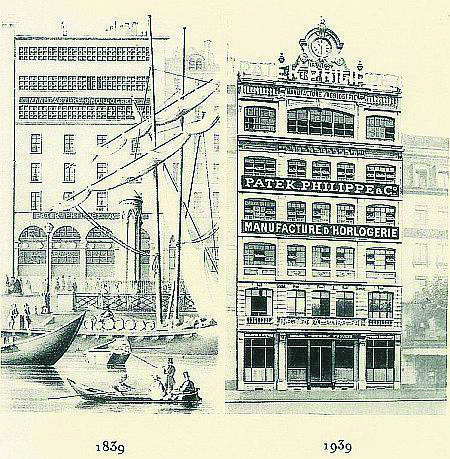
Back in the 1970’s, the Swiss watchmaking industry took a direct hit from a new technology.
Ironically, in the 60’s the Swiss helped lay the groundwork for this advancement. The new technology used a tiny quartz crystal to regulate the gears of the watch. It harnessed quartz’s natural ability to oscillate with precision when electrically stimulated. The Japanese, at Seiko, wasted no time in applying quartz technology to watchmaking.
Quartz watches entered the world with accuracy and a cheap price. Along with their vast popularity came a changing of the tide. What was known to the Swiss as the Quartz Crisis leapt like a tiger upon the industry.
At that time, about one third of Swiss watchmakers disappeared from the market. To survive, two major watchmakers in Switzerland, SSIH and ASUAG, merged—they sought a joint strategy to confront this economic onslaught and to turn a bad situation into a good one.
In March of 1983, Swatch was born. Swatch would not only become the largest watch manufacturer in the world, but also a supplier of parts to all high-end wrist watch companies in Switzerland, including Patek Philippe and Rolex.
With Swatch, a strategic—and most successful—change occurred on the marketing end: the design philosophy switched from emphasizing the watch’s time-telling functions to focusing on striking at the customer’s emotional core.
Indeed, the name Swatch was meant to stand for “second watch” and the idea was to make the watch so affordable and fashionable that consumers couldn’t help but want to own more than one.
Today, Swatch’s website says: “The sight of a Swatch excites emotion. Wearing one is a way to communicate, to speak without speaking. Heart to heart.”
Can an Apple Tick?
It’s hard to imagine the creators of Apple Watch didn’t think of Swatch once or twice as they stood at the drawing board. Likewise, they may have asked themselves: will our product excite emotionally? Does it offer a way to communicate, to speak without speaking?
To many, the answer to all of these question was “yes.”
But somewhere down the line, a more important question came up: Is this device going to be a real watch?
And would Apple Watch have what it takes to break into the haute horlogerie and refer to itself as a true timepiece? Or was it confined to: a mere Mac device, just a smaller one that wraps around the wrist and does a few new interesting things?
Fortunately, Apple had an answer to this question, too: It’s all in the name. Yes, in fact, it is a watch—an Apple Watch.
Not an iWatch, where the “i” connotes visions of iPad, iPhone, or even iMac, all of which by the way flash the time across their screens. No, it’s definitely a watch.
Actually, Apple Watch is expected to span a far wider market gap than the iPhone, since Apple intends to turn its watch, loaded with artificial intelligence, into a luxury. To rival such world-renowned watches as Patek Philippe, Rolex and Cartier, Apple had to name its new product appropriately.
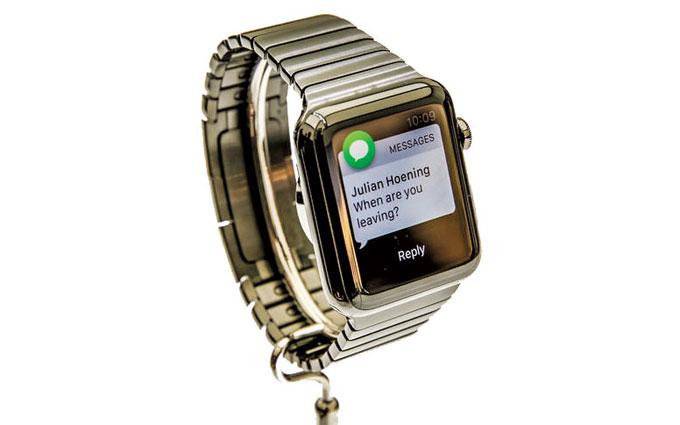
But could it really compete in luxury with a classical icon: the mechanical watch? To test the waters, Apple decided to try out “luxury” with its 18-karat gold “Apple Watch Edition” priced at $10,000.
If Apple’s agenda were to fail, it would mean consumer impressions would not change; instead, they would see Apple Watch simply as a wrist-Mac, like a little iPhone that you wear—that as a side note—yes, tells the time.
But the final test would be the hardest. Would the high-end watch market be willing to trade in a multi-century old tradition—the craftsmanship of hand-made gears and mechanical movement—for a handful of flashy apps?
Enduring Values
Patek Philippe has a beautiful slogan: “You never actually own a Patek Philippe. You merely look after it for the next generation.”
And it’s true. The reason why a high-end watch is treasured is not only because it wins over its wearer’s heart, but because it is a treasure to pass down to future generations—a family heirloom.
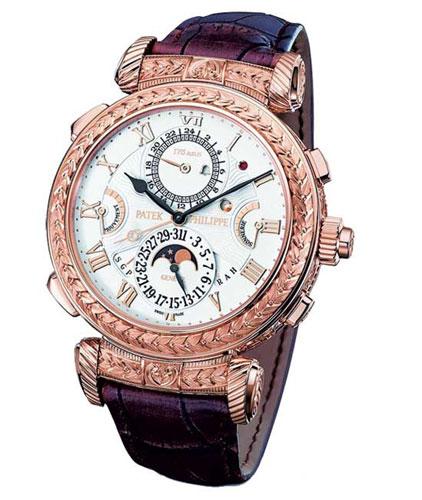
To be exact, a mechanical watch is one of the few objects that will not lose its original functions with the passage of time, particularly one emblazoned with the Patek Philippe Seal. Patek Philippe watches often achieve cult status and are known to fetch record-setting sums at auction.
For the Chinese, who are the top consumers of luxury goods globally, Patek Philippe has been the watch collector’s top choice for over 7 years. Only recently, ancient calligraphy surpassed luxury watches as the most collected item among the Chinese.
Which leads to the next question: if a luxury market giant like China were to reconnect with traditional cultural values, would there be a lasting demand for the voguish Apple Watch?
But this actually fits perfectly in line with Patek Philippe and other Swiss watches’ respect for tradition, and the understanding that many Swiss watches are actually works of arts too.
Consider the Patek Philippe Seal for a moment. The company website explains, “This new emblem of horological excellence goes beyond any existing standards of the Swiss watch industry… In conjunction with these standards, the Seal represents a commitment to lifelong servicing and restoration for all timepieces created by us since 1839.”
And so, it becomes more and more apparent, when looking at Apple Watch and Patek Philippe, we are not comparing apples to apples. We are comparing Apples to timepieces.
Time’s Test
Perhaps the answer lies in a sort of poetry: it is not so much how Apple Watch will play its role as timekeeper, but rather a question of if Time will choose to keep Apple Watch.
It’s anyone’s guess if in five years it will be the norm to find the $10,000 list-price “Apple Watch Edition” posted across eBay and Craigslist for $750.00 (or whatever the meltdown value is for the gold).
Not to be harsh, there are many great qualities and uses for Apple Watch—the obvious is its knack for fitness tracking. But the point is, Apple Watch is something that will not last for years. No, it will have versions. Not versions to pass down to future generations, but versions to upgrade to.
Unlike a Patek Philippe, Apple Watch will not maintain its original value, nor like an antique heirloom, will it increase in value, nor will it be appreciated for its aging (and ageless) qualities.
This doesn’t mean Apple Watch is a bad product. It just calls it like it is: a small computer, dressed for the occasion, and worn on the arm—and like an iPhone, subject to a near-future fate of possible trade-in.
On the other hand, a mechanical watch is free of any software and energy, and its original value and functions are kept for the long haul.
Tradition Inspires—It Remains
Time marks a cycle. When one moment ends, the next begins.
Passing fads are here and gone, one minute to the next. But traditions that are cherished and handed down for generations—they endure. Only traditions can reach out to touch the realm of timelessness.
Why do the super-rich in China collect ancient calligraphy and timepieces? And why do people place value on classical art and historical emblems?
Each Patek Philippe watch has been processed by careful human hands. It has been refined and tempered by time itself. The company has withstood the whims of the marketplace, only to find itself remaining true to tradition, quality and values throughout its journey.
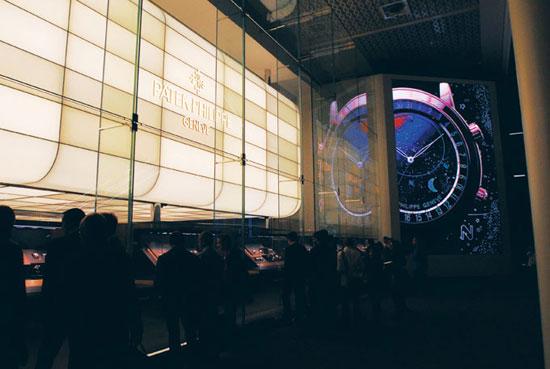
And so it is a sure thing—the success and running tradition of Patek Philippe should inspire the middle and small-sized watchmakers to redefine their watches. And these companies, as Swatch did, should add emotion; and speak from the heart.
It’s up in the air if Apple Watch will make it through to the next hour, or the hour after that. But companies that work hard, respect tradition, and embrace a true luxury culture—they should last.
In the end, a Patek Philippe offers the opportunity to travel back in time—to a place somehow better, to a place where people associate long-term value not only with the products they make, but also with the products they choose to keep.
Article : Adam Miller
Translation : Yoyo Chiang
Photo : New San Cai


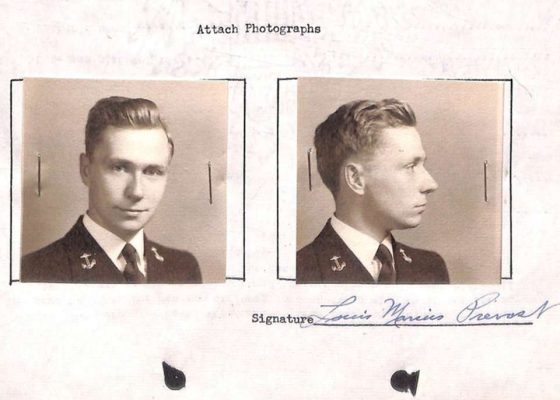
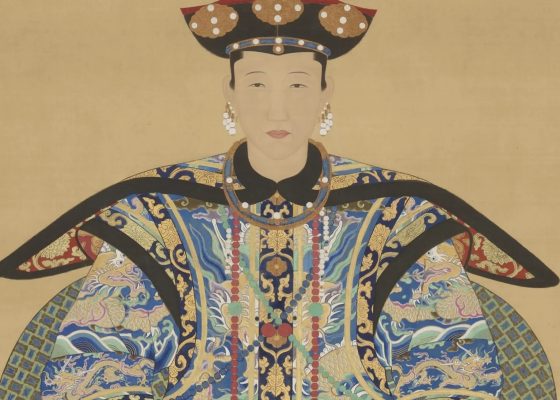


Cancel anytime


Using our website
You may use the The Middle Land website subject to the Terms and Conditions set out on this page. Visit this page regularly to check the latest Terms and Conditions. Access and use of this site constitutes your acceptance of the Terms and Conditions in-force at the time of use.
Intellectual property
Names, images and logos displayed on this site that identify The Middle Land are the intellectual property of New San Cai Inc. Copying any of this material is not permitted without prior written approval from the owner of the relevant intellectual property rights.
Requests for such approval should be directed to the competition committee.
Please provide details of your intended use of the relevant material and include your contact details including name, address, telephone number, fax number and email.
Linking policy
You do not have to ask permission to link directly to pages hosted on this website. However, we do not permit our pages to be loaded directly into frames on your website. Our pages must load into the user’s entire window.
The Middle Land is not responsible for the contents or reliability of any site to which it is hyperlinked and does not necessarily endorse the views expressed within them. Linking to or from this site should not be taken as endorsement of any kind. We cannot guarantee that these links will work all the time and have no control over the availability of the linked pages.
Submissions
All information, data, text, graphics or any other materials whatsoever uploaded or transmitted by you is your sole responsibility. This means that you are entirely responsible for all content you upload, post, email or otherwise transmit to the The Middle Land website.
Virus protection
We make every effort to check and test material at all stages of production. It is always recommended to run an anti-virus program on all material downloaded from the Internet. We cannot accept any responsibility for any loss, disruption or damage to your data or computer system, which may occur while using material derived from this website.
Disclaimer
The website is provided ‘as is’, without any representation or endorsement made, and without warranty of any kind whether express or implied.
Your use of any information or materials on this website is entirely at your own risk, for which we shall not be liable. It is your responsibility to ensure any products, services or information available through this website meet your specific requirements.
We do not warrant the operation of this site will be uninterrupted or error free, that defects will be corrected, or that this site or the server that makes it available are free of viruses or represent the full functionality, accuracy and reliability of the materials. In no event will we be liable for any loss or damage including, without limitation, loss of profits, indirect or consequential loss or damage, or any loss or damages whatsoever arising from the use, or loss of data, arising out of – or in connection with – the use of this website.
Last Updated: September 11, 2024
New San Cai Inc. (hereinafter “The Middle Land,” “we,” “us,” or “our”) owns and operates www.themiddleland.com, its affiliated websites and applications (our “Sites”), and provides related products, services, newsletters, and other offerings (together with the Sites, our “Services”) to art lovers and visitors around the world.
This Privacy Policy (the “Policy”) is intended to provide you with information on how we collect, use, and share your personal data. We process personal data from visitors of our Sites, users of our Services, readers or bloggers (collectively, “you” or “your”). Personal data is any information about you. This Policy also describes your choices regarding use, access, and correction of your personal information.
If after reading this Policy you have additional questions or would like further information, please email at middleland@protonmail.com.
PERSONAL DATA WE COLLECT AND HOW WE USE IT
We collect and process personal data only for lawful reasons, such as our legitimate business interests, your consent, or to fulfill our legal or contractual obligations.
Information You Provide to Us
Most of the information Join Talents collects is provided by you voluntarily while using our Services. We do not request highly sensitive data, such as health or medical information, racial or ethnic origin, political opinions, religious or philosophical beliefs, trade union membership, etc. and we ask that you refrain from sending us any such information.
Here are the types of personal data that you voluntarily provide to us:
As a registered users or customers, you may ask us to review or retrieve emails sent to your business. We will access these emails to provide these services for you.
We use the personal data you provide to us for the following business purposes:
Information Obtained from Third-Party Sources
We collect and publish biographical and other information about users, which we use to promote the articles and our bloggers who use our sites. If you provide personal information about others, or if others give us your information, we will only use that information for the specific reason for which it was provided.
Information We Collect by Automated Means
Log Files
The site uses your IP address to help diagnose server problems, and to administer our website. We use your IP addresses to analyze trends and gather broad demographic information for aggregate use.
Every time you access our Site, some data is temporarily stored and processed in a log file, such as your IP addresses, the browser types, the operating systems, the recalled page, or the date and time of the recall. This data is only evaluated for statistical purposes, such as to help us diagnose problems with our servers, to administer our sites, or to improve our Services.
Do Not Track
Your browser or device may include “Do Not Track” functionality. Our information collection and disclosure practices, and the choices that we provide to customers, will continue to operate as described in this Privacy Policy, whether or not a “Do Not Track” signal is received.
HOW WE SHARE YOUR INFORMATION
We may share your personal data with third parties only in the ways that are described in this Privacy Policy. We do not sell, rent, or lease your personal data to third parties, and We does not transfer your personal data to third parties for their direct marketing purposes.
We may share your personal data with third parties as follows:
There may be other instances where we share your personal data with third parties based on your consent.
HOW WE STORE AND SECURE YOUR INFORMATION
We retain your information for as long as your account is active or as needed to provide you Services. If you wish to cancel your account, please contact us middleland@protonmail.com. We will retain and use your personal data as necessary to comply with legal obligations, resolve disputes, and enforce our agreements.
All you and our data are stored in the server in the United States, we do not sales or transfer your personal data to the third party. All information you provide is stored on a secure server, and we generally accepted industry standards to protect the personal data we process both during transmission and once received.
YOUR RIGHTS/OPT OUT
You may correct, update, amend, delete/remove, or deactivate your account and personal data by making the change on your Blog on www.themiddleland.com or by emailing middleland@protonmail.com. We will respond to your request within a reasonable timeframe.
You may choose to stop receiving Join Talents newsletters or marketing emails at any time by following the unsubscribe instructions included in those communications, or you can email us at middleland@protonmail.com
LINKS TO OTHER WEBSITES
The Middle Land include links to other websites whose privacy practices may differ from that of ours. If you submit personal data to any of those sites, your information is governed by their privacy statements. We encourage you to carefully read the Privacy Policy of any website you visit.
NOTE TO PARENTS OR GUARDIANS
Our Services are not intended for use by children, and we do not knowingly or intentionally solicit data from or market to children under the age of 18. We reserve the right to delete the child’s information and the child’s registration on the Sites.
PRIVACY POLICY CHANGES
We may update this Privacy Policy to reflect changes to our personal data processing practices. If any material changes are made, we will notify you on the Sites prior to the change becoming effective. You are encouraged to periodically review this Policy.
HOW TO CONTACT US
If you have any questions about our Privacy Policy, please email middleland@protonmail.com
The Michelin brothers created the guide, which included information like maps, car mechanics listings, hotels and petrol stations across France to spur demand.
The guide began to award stars to fine dining restaurants in 1926.
At first, they offered just one star, the concept was expanded in 1931 to include one, two and three stars. One star establishments represent a “very good restaurant in its category”. Two honour “excellent cooking, worth a detour” and three reward “exceptional cuisine, worth a
Thank you for your participation,
please Log in or Sign up to Vote

123Sign in to your account